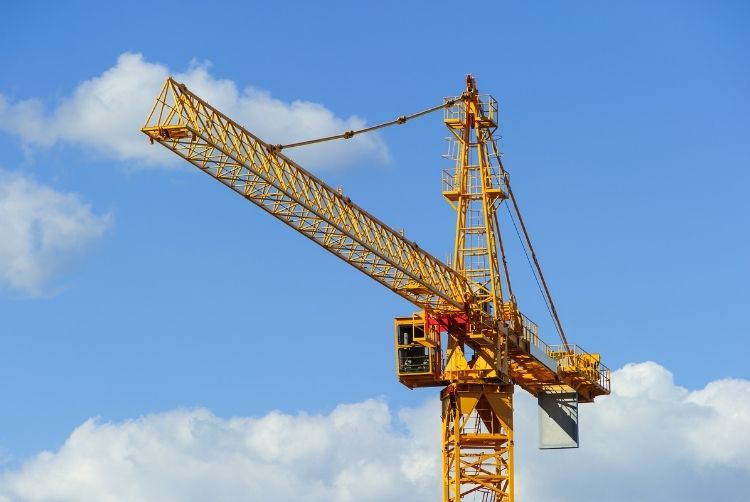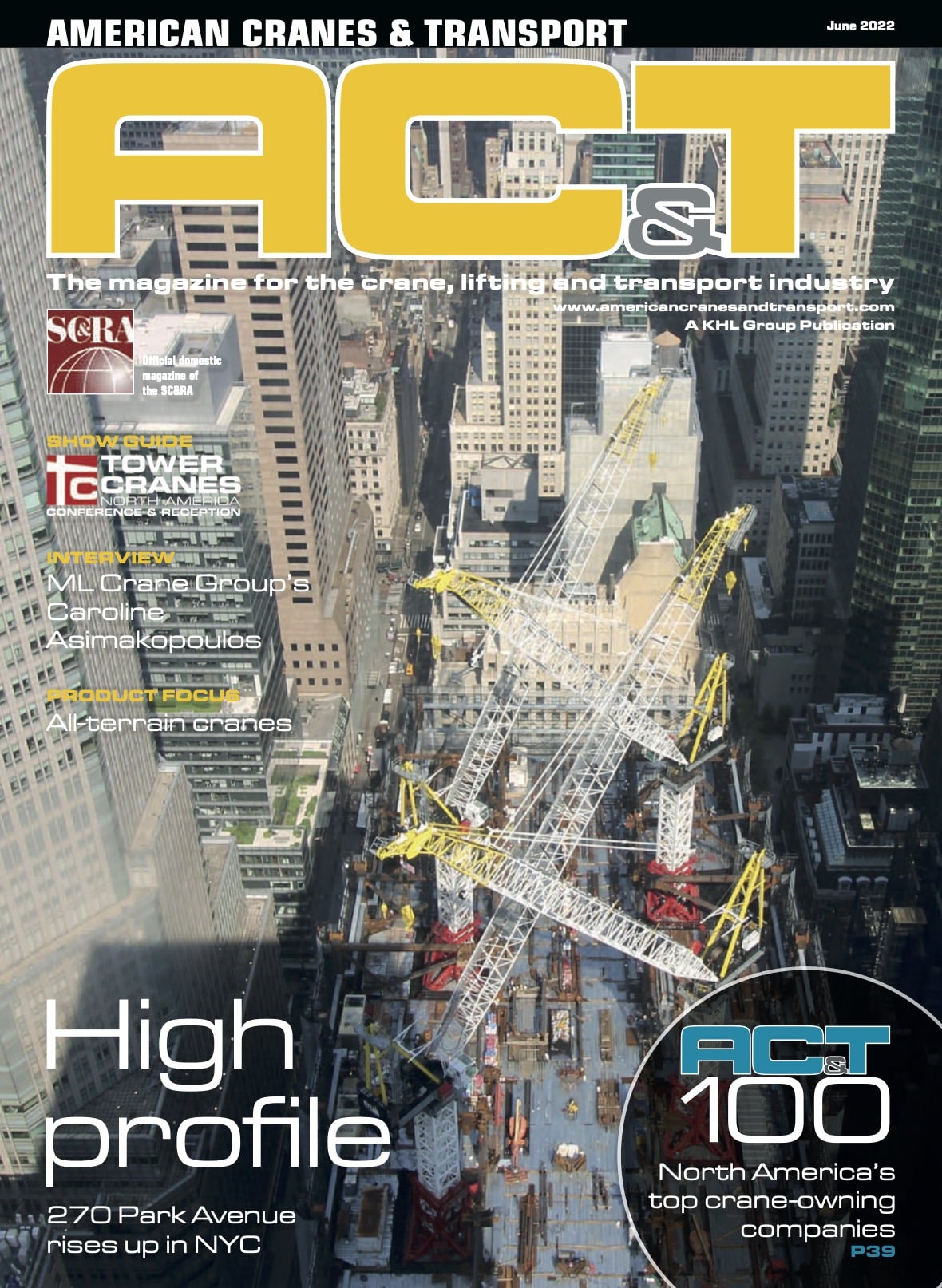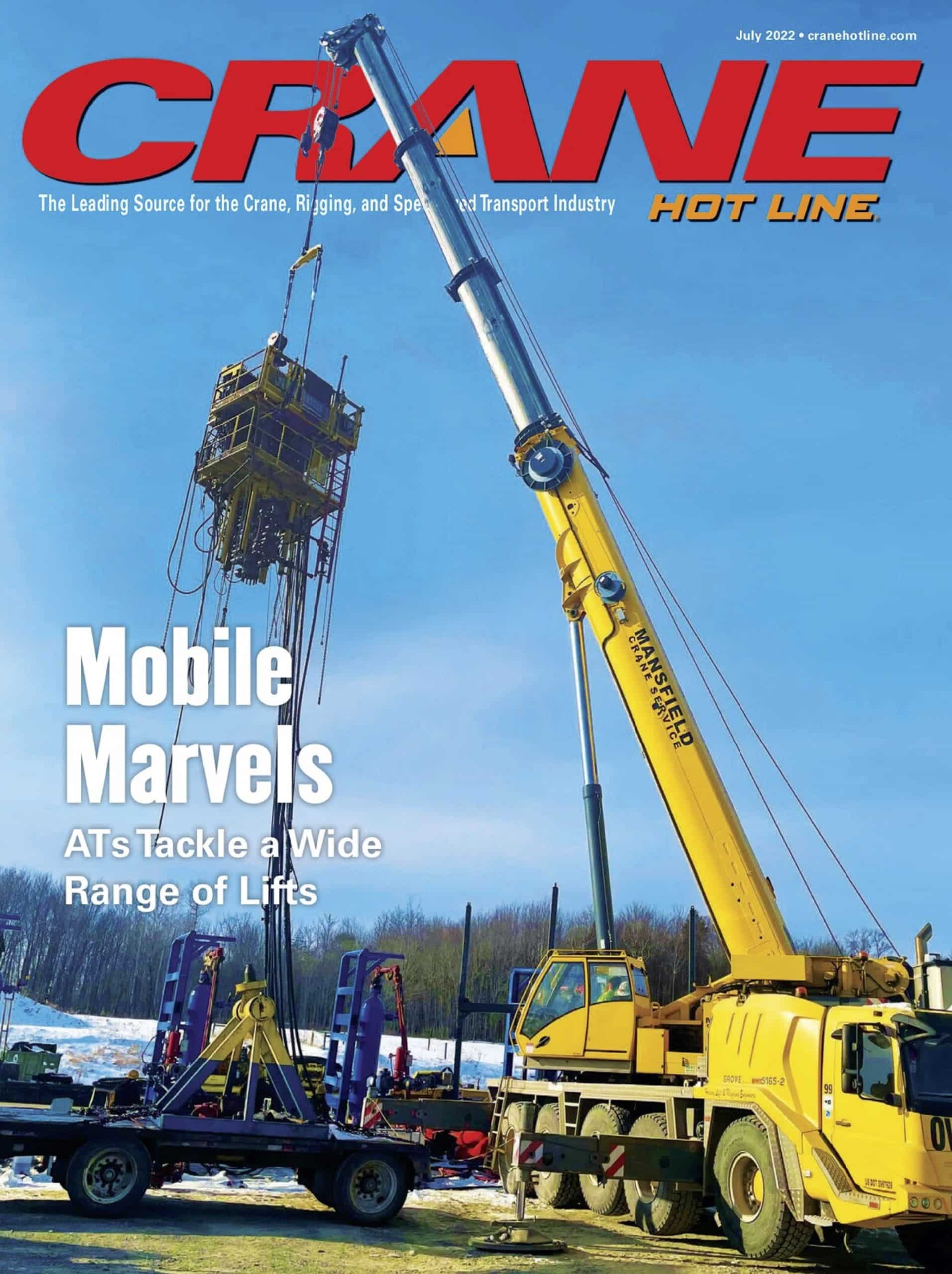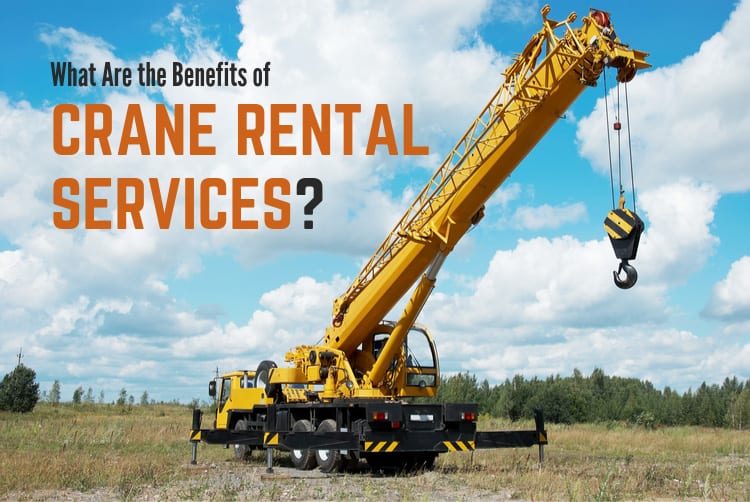Cranes come in all shapes and sizes, so it is important to know what you are dealing with on a construction site. Understanding how a tire crane works can help you do your work more quickly and safely.
The Parts
Every crane is composed of parts significant to its functionality. However, the tower crane is different from other crane types because of its immense proportions. At the foundation is a concrete pad that anchors the crane. Then, the mast or tower rises high in its trussed formation, giving the tower crane its name and distinctive height. At the top of the mast, the slewing unit rests to rotate the crane. Extending from this rotational piece is the jib or boom—the horizontal or near-horizontal arm that allows the crane to pick up items away from its base. On the opposite side are the counterweights, materials used to balance the crane when lifting large loads. Atop it all is the all-important operator’s cab where the crane operator works their magic. From here, all the aforementioned pieces are moved into position.
The Movements
Though the tower crane is unique in its composition, its movements are standard to other crane types. The first movement of the crane is its circular swivel motion that the slewing unit manages. In most cases, this allows for 360 degrees of rotation. The jib further augments the crane’s abilities with lateral movements that extend its entire length. Rigged along the jib are the hook and cables responsible for connecting with and lifting each load, respectively. All these movements operate in unison to complete tasks around construction sites.
The Capacities
Each crane has its limits, and the tower crane is no exception. Depending on the size, manufacturer, and several other variables, these abilities will differ. But tower cranes can typically lift loads reaching up to nineteen and twenty tons! The counterweights usually come in at around twenty tons themselves, so the balance is maintained at even the largest weights. When it comes to height, tower cranes can ascend upwards of 260 feet with an outward reach of approximately 230 feet. With statistics like this, tower cranes make for an excellent piece of machinery to use on your next large project.
Understanding how a tire crane works equips you to better use one at your construction site. If you are looking for crane service, Portland, Oregon, is home to our top-notch services at NessCampbell Crane + Rigging. Reach out to us today with any crane questions you may have.






